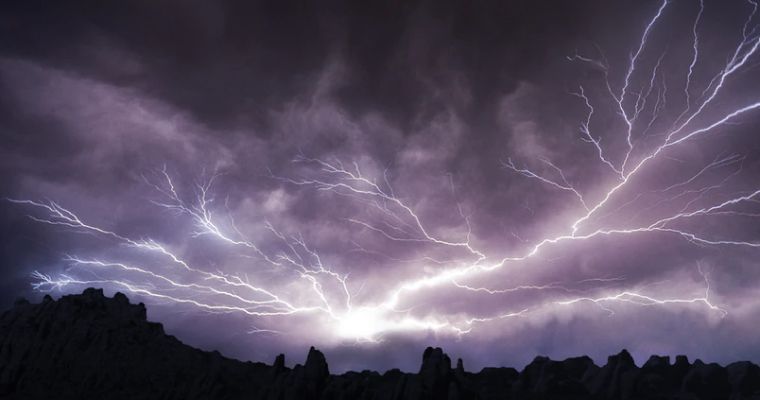Torrential rain has pummeled parts of the country, causing flash floods, travel disruptions, and prompting storm warnings from coast to coast. The National Weather Service (NWS) has issued advisories for several regions, urging residents to stay weather-aware and take necessary precautions.
Regions Under the Radar
The brunt of the storm is currently impacting [List of affected regions]. These areas have been experiencing heavy rain for the past [Number] hours, with some locations reporting rainfall exceeding [Amount] inches. The relentless downpour has saturated the ground, increasing the risk of flash flooding in low-lying areas and near waterways.

Flash Flood Threat and Evacuations
Local authorities in some of the hardest-hit areas have issued evacuation orders for residents in flood-prone zones. Motorists are advised to avoid flooded roadways and to never attempt to drive through standing water. Residents are encouraged to stay informed about the latest weather updates and to follow instructions from local emergency officials.
Travel Disruptions and Power Outages
The heavy rain has also caused travel disruptions across the affected regions. Road closures and flight cancellations are being reported, and further delays are expected. Additionally, some areas might experience power outages due to fallen trees or downed power lines.
Storm Expected to Move
The storm is expected to move over the next days, bringing heavy rain and the potential for further disruptions to other parts of the country. Residents in the projected path of the storm are urged to monitor weather forecasts and prepare for potential impacts.
How to Stay Safe
Here are some tips to stay safe during a heavy rain event:
- Stay informed: Monitor weather updates from the National Weather Service (NWS) and local news outlets.
- Heed evacuation orders: If you live in a flood-prone area and are instructed to evacuate, do so immediately.
- Avoid flooded roads: Never attempt to drive through standing water. Turn around, don’t drown.
- Be prepared for power outages: Have a battery-powered radio, flashlight, and extra batteries on hand.
- Secure outdoor furniture and belongings: Bring in or secure any loose objects that could become projectiles in strong winds.
National Response and Support
Emergency response teams are on standby in the affected regions, ready to assist with rescue and recovery efforts if necessary. Mutual aid from neighboring areas is also being coordinated to ensure a swift and effective response to the storm’s impact.
The storm is a reminder of the importance of preparedness
By staying informed and taking the necessary precautions, we can all minimize the risks associated with severe weather events.



